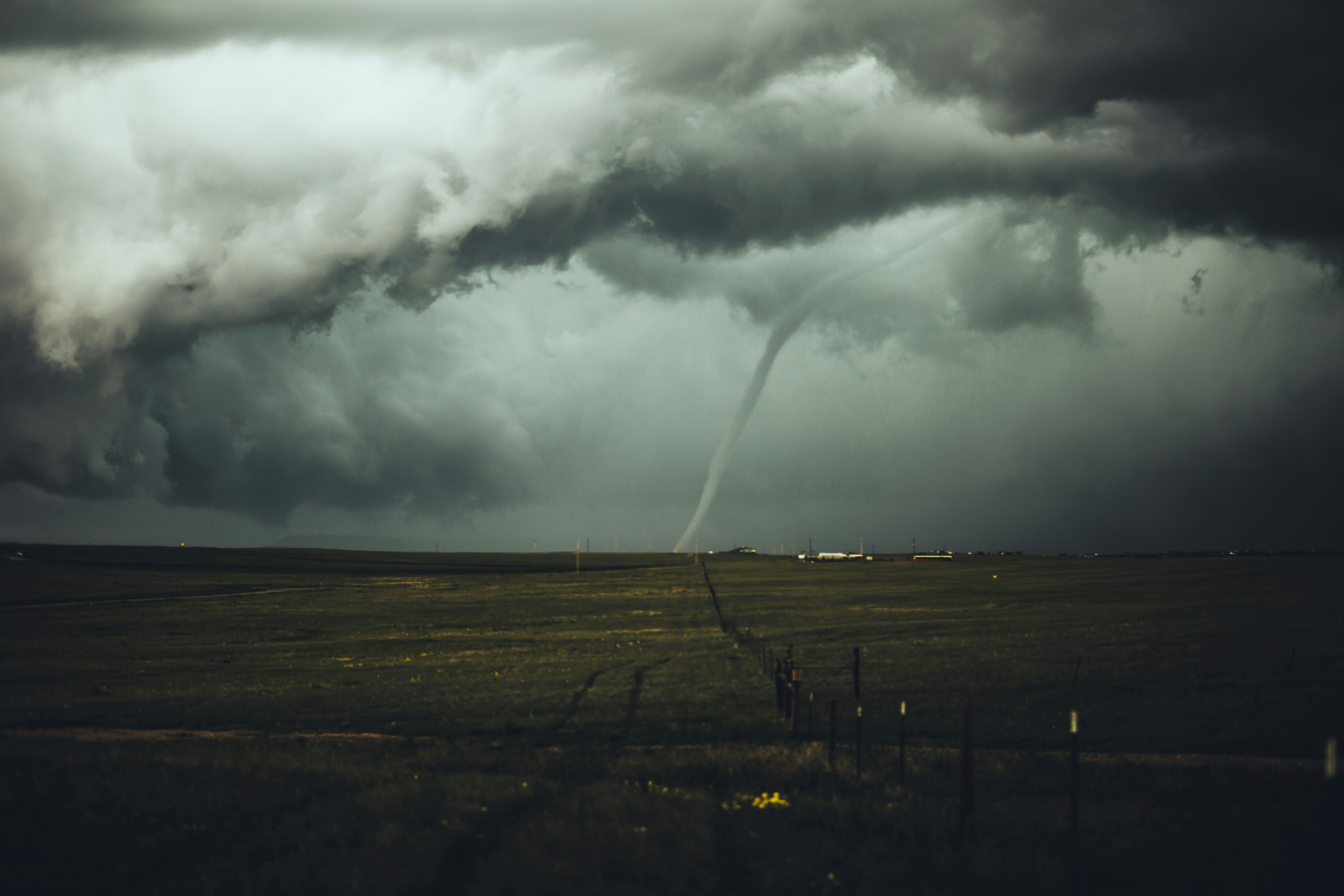Introduction
Tornadoes are one of nature’s most destructive and unpredictable forces. With their powerful winds and potential for devastation, it’s crucial to be prepared and know what to do in the event of a tornado. In this blog post, we will discuss essential tornado preparedness measures and provide you with the knowledge to stay safe during a twister.
Understanding Tornadoes
Before diving into tornado preparedness, it’s important to understand what tornadoes are and how they form. Tornadoes are violent rotating columns of air that are in contact with both the surface of the Earth and a cumulonimbus cloud. They are often accompanied by strong winds, hail, and intense rainfall.
Most tornadoes are spawned by severe thunderstorms, where there is a strong updraft combined with atmospheric instability. The United States experiences more tornadoes than any other country, with an average of over 1,000 tornadoes occurring each year.
Tornado Preparedness Tips
1. Create a Tornado Emergency Plan
Developing a tornado emergency plan is crucial for ensuring the safety of yourself and your family. Your plan should include:
- Identifying a safe room or shelter in your home, preferably a basement or an interior room on the lowest level.
- Establishing a communication plan with your family members and agreeing on a meeting place in case you get separated.
- Practicing tornado drills with your family regularly to ensure everyone knows what to do when a tornado warning is issued.
2. Stay Informed
Stay updated with the latest weather forecasts and warnings by utilizing weather alert radios, mobile apps, or local news stations. When a tornado watch or warning is issued, take immediate action and follow the guidance provided by local authorities.
Consider signing up for your community’s emergency alert system to receive notifications directly to your phone or email. This will ensure that you are aware of any severe weather conditions in your area.
3. Prepare an Emergency Kit
Having an emergency kit ready can make a significant difference during a tornado or any other disaster. Your emergency kit should include:
- Non-perishable food and bottled water to sustain your family for at least three days.
- A battery-powered or hand-cranked weather radio to receive updates on the tornado situation.
- A first aid kit, including any necessary medications and supplies.
- Flashlights, extra batteries, and a whistle for signaling for help.
- Extra clothing, blankets, and personal hygiene items.
Regularly check and replenish your emergency kit to ensure that everything is up to date and in working condition.
4. Secure Your Home
Take preventive measures to secure your home and minimize potential damage during a tornado:
- Reinforce your roof and windows to make them more resistant to high winds.
- Remove any loose items from your yard that could become hazardous projectiles in strong winds.
- Consider installing a safe room or an underground tornado shelter if you live in an area prone to tornadoes.
5. During a Tornado
If a tornado warning is issued for your area, take immediate action to protect yourself:
- Go to your designated safe room or shelter. If you don’t have one, move to the lowest level of your home and seek an interior room away from windows.
- Cover yourself with a mattress, heavy blankets, or a helmet to protect against flying debris.
- Avoid elevators and stay away from exterior walls and windows.
- If you are in a vehicle or outdoors with no shelter available, seek the lowest lying area, such as a ditch or a culvert, and cover your head.
Conclusion
By following these tornado preparedness tips, you can significantly increase your chances of staying safe during a tornado. Remember, preparation is key. Take the time to develop an emergency plan, stay informed, and have an emergency kit readily available. Being proactive and knowing what to do can make all the difference when facing the wrath of a tornado.
For more information on tornado preparedness and other emergency response training programs, visit HelpNow’s courses page.
Sources:
– National Weather Service: https://www.weather.gov/wrn/tornado
– Ready.gov: https://www.ready.gov/tornadoes

